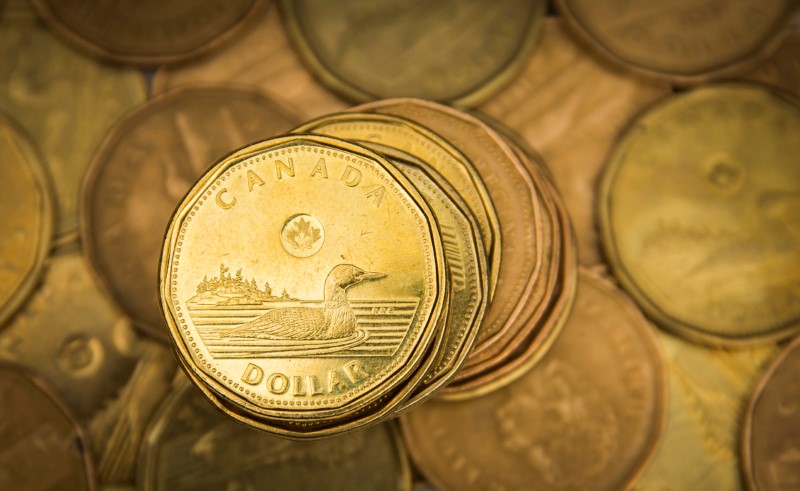China’s Xi speaks with Trump by phone, discusses Taiwan and bilateral ties
Investing.com -- Canada may have delivered a long-awaited fiscal update this fall, but if markets were hoping for a German-style spending jolt to ignite the Canadian dollar, UBS says they’ll have to keep waiting.
In a new FX note, UBS strategists Patrick Ernst and Constantin Bolz argue that the loonie remains almost entirely tethered to U.S. developments, with the Bank of Canada’s rate cut and Ottawa’s budget barely registering in currency markets. Despite Canada’s softening economic backdrop, they see relative rate dynamics turning increasingly supportive for the CAD over the next year.
Analyze FX trends using WarrenAI by upgrading to InvestingPro - get 55% off today
CAD Still a Passenger to the U.S.
The analysts note that the CAD has traded as little more than a reflection of U.S. macro conditions this year. Even a surprise BoC cut failed to move the needle, with the loonie largely ignoring domestic drivers.
Part of that comes down to fundamentals: Canada’s economy looks stronger on paper than it actually is. Real GDP growth has been propped up by unusually strong population gains through immigration, masking the country’s chronic productivity problem. UBS warns that weakness here will continue to drag on underlying growth.
And while the latest labor market data showed some stabilization after a soft summer, the risks remain tilted to the downside if global momentum deteriorates. UBS does not expect further rate cuts from the BoC.
No “Germany Moment”
The federal budget may have included new spending, but UBS makes clear that the sweeping, growth-stimulating fiscal expansion some investors hoped for never materialized.
The market reaction was muted. With 75% of Canada’s exports destined for the U.S., traders remain more focused on the U.S. outlook, tariff risk, and the upcoming USMCA review. UBS says these risks exist but appear limited for now, especially relative to the rates story.
USDCAD: UBS Says the Peak Is In
UBS believes USD/CAD has topped out and will begin grinding lower from here. The bank added a new target for 4Q26 and expects the pair to ease toward 1.35 by the end of 2026, helped by relative rate support as the Fed’s path turns more dovish than the BoC’s.
Ernst and Bolz still prefer other pro-cyclical currencies, specifically AUD and NOK, which they expect to outperform the CAD. But they call the loonie a “carry-efficient” alternative for investors looking to rotate out of USD exposure.
UBS highlights 1.45 as a key resistance zone for USD/CAD, a level where the bank says it would look to add to short positions or hedge USD-denominated assets. On the downside, the pair is currently pressing against support near 1.40, with a secondary floor around 1.36.
As for risks, the strategists emphasize that downside pressures for the CAD remain substantial. A flare-up in U.S. tariff actions, a renewed global risk-off move, or a slide in oil prices could all weigh heavily on the currency. UBS adds that a more hawkish-than-expected Federal Reserve could also revive broad USD strength and slow any potential recovery in the loonie.
For now, traders continue to take their cues from the U.S., but UBS argues the broader setup is quietly shifting. If the Fed steps back and global conditions hold, the loonie could begin reclaiming lost ground, slowly at first, but decisively enough to pull USD/CAD back toward pre-surge levels by late 2026.
